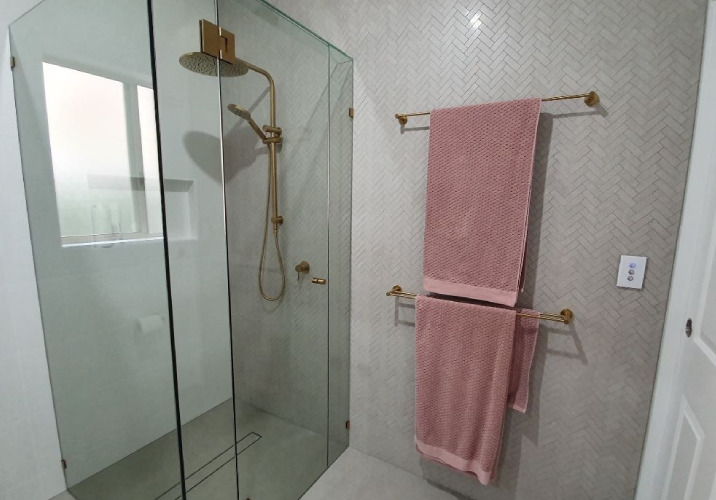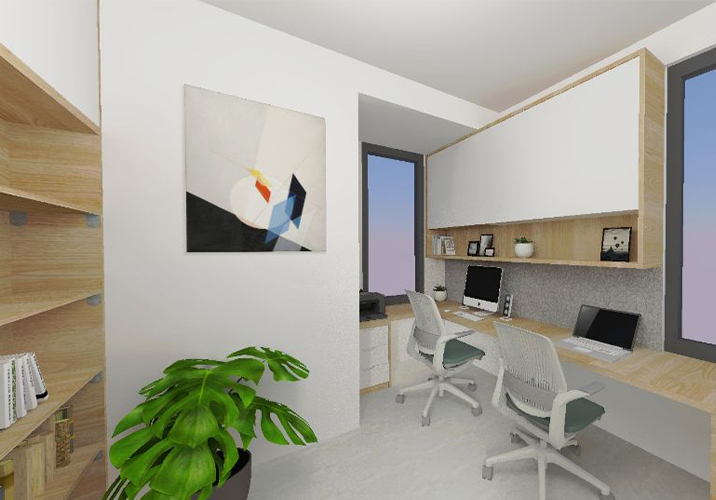Our wardrobe houses our favourite shirts, treasured trousers and doesn’t forget our shoes, but too often, the inside of our closet can become disorganised and cluttered.
Digging up an old sweater is a challenge and you can hardly find enough space to store your new winter coat, but with these simple storage solutions, coordinating an outfit will no longer be time-consuming and overwhelming. Refresh your closet space with our simple and effective wardrobe organisation tips.
Group and display
To make extra room in your closet, start by grouping similar items in your closet. The key is to ensure your clothes are easily visible and reachable by organising existing items according to their category-shirts, pants, skirts, coats and dresses. Group your items further by organising seasonally or by colour. Allocate different zones for each category and maintain a neat closet by keeping frequently worn items like gym gear, in an easy to reach location to minimise rummaging through your closet.
While you’re updating your wardrobe space, take the opportunity to donate clothes that you no longer wear. If your closet space is overflowing, here’s a rule that can be useful: With each new purchase, donate an existing item in your closet. Generally, items unworn for six months or more, are unlikely to be worn again.

Maximise available space
A lack of closet space can be attributed to disorganisation or simply not using all of the available room in your closet space. Whatever your current clothing storage situation is, get into the habit of using all of the available space. Start by revamping your sock and belt drawers with dividers for an efficient and well-organised approach that will condense your socks and belts in one easy to find location.
If your closet contains shorter items such as shirts and skirts, adding another rail bar will maximise your available space, creating two columns of hanging space. Alternatively, make the most of unused floor space with stackable boxes and baskets to store seasonal items and handbags. If you’re lacking in floor space, add hooks to a spare wall or position a hook behind your closet door to hang bags, hats, scarves or display your favourite outfit.
Open up a stuffy wardrobe with sliding doors that are mirrored or coloured to match the tone of your walls. Sliding wardrobe doors add ambience to a space and are a DIY alternative to a small wardrobe space.
Hang smart
Invest in space-saving hangers that will help organise your items in similar categories and maximise your closet space. Thin hangers are ideal space savers, but different clothes may require a specific type of hanger to preserve and extend the life of your items. Tiered hangers or combined coat and trouser hangers are great options when you are strapped for space.
Create shelves
Maximise your existing wardrobe with open shelving options that will give you more space to stack and store. The key to wardrobe shelving is to ensure your items are visible and accessible. Avoid deep drawers but rather, replace them with transparent drawers.
Open shelves, drawers and wire baskets are modern wardrobe solutions that allow you to store folded items, ties and shoes in a small space.
Change the way you reach for items in your closet with these simple but versatile storage solutions that will maximise your existing wardrobe space and help organise and store items effectively.
Contact local a handyman
Shoes
They clog up your entrance, invade your wardrobes and suffocate your hallways. Shoe storage is an enigma, but with the right storage solutions, you can continue to indulge your shoe obsession, expand your collection of favourite heels and still have enough room for a few of his pairs too. Here are a few of our favourite shoe storage ideas:
Go vertical
Strapped for space but juggling an endless shoe collection? Pairs of shoes take up lots of floor space so store your pairs vertically with mounted shelves or steel bars to display and store effectively. Repurpose towel racks or create a bespoke shelf by converting a ladder into a storage unit or housing your beloved heels or along a towel bar.

Create a shoe library
There’s little value in owning a beautiful pair of shoes if you keep them stuffed in the bottom of your wardrobe. Create a shoe library that will leave Carrie Bradshaw drooling with functional and stylish solutions for your beloved shoes. Visibility and accessibility are integral to a long lasting and efficient shoe storage solution, so rather than tucking your shoes away in their original packaging, store shoes in transparent containers and clear drawers to minimise time spent searching for your shoes. Other solutions include hanger units that can hang from wardrobe railings or can be mounted behind your door.
Stacks on
We aren’t advocates of hiding away your shoes under the bed, in a hideaway drawer or the pit of your garage. Shoe boxes are inexpensive, stackable solutions that will help you group similar shoes together, save time searching for a pair of shoes and will also give your wardrobe an uncluttered look.




















